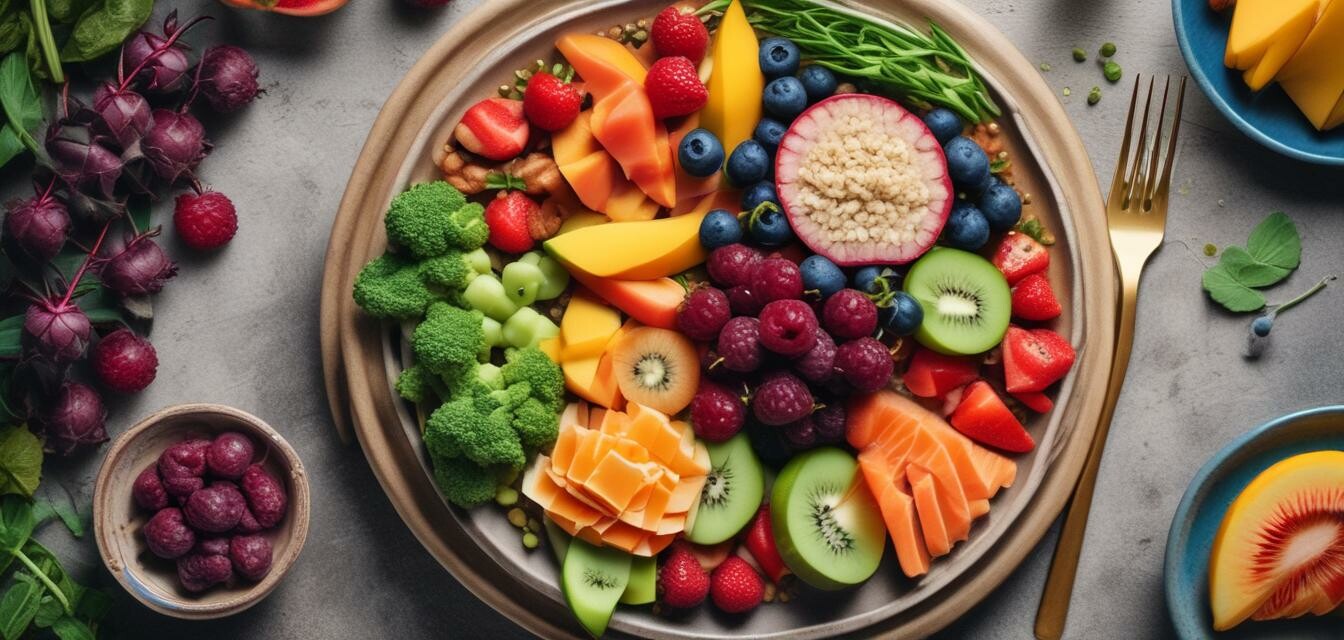
7 Essential Tips for Successful Portion Control
Key Takeaways
- Understanding portion sizes is crucial for effective weight management.
- Mindful eating practices can enhance your relationship with food.
- Using smaller plates and bowls can help trick your mind into feeling satisfied with less.
- Filling half your plate with vegetables can create a balanced, nutritious meal.
- Being aware of serving sizes minimizes overeating and promotes healthier choices.
Successfully managing your food portions is a vital component of any weight loss journey. In this article, we will explore seven essential tips for mastering portion control, ensuring that you enjoy your meals while also making progress toward your health goals. These strategies will help you maintain a balanced diet without the feeling of deprivation. Let’s dive in!
1. Understand What a Portion Is
A common mistake in portion control is confusing a serving with a portion. A serving is a specific amount set by dietary guidelines, while a portion is the amount you choose to eat. Understanding this difference is key. Here’s how the two typically compare:
| Food Group | Recommended Serving Size | Common Portion Size |
|---|---|---|
| Fruits | 1 medium fruit or ½ cup of chopped fruit | 1 apple or 2 cups of mixed fruit |
| Vegetables | 1 cup of leafy greens or ½ cup of cooked vegetables | 2 cups of salad or 1 cup of roasted vegetables |
| Proteins | 3-4 ounces (about the size of a deck of cards) | 6 ounces or more, depending on preparation |
| Grains | ½ cup of cooked rice or pasta | 1 cup or more depending on the dish |
2. Use Smaller Plates and Bowls
One effective psychological trick is to switch to smaller dinnerware. Using smaller plates and bowls can help you control portion sizes without feeling deprived. It creates an illusion of abundance and can help with managing how much food you serve yourself. Consider using kitchen essentials to find the right size plates and bowls that fit your new habits.
3. Fill Half Your Plate with Vegetables
Vegetables are low in calories and high in nutrients, fiber, and volume, making them an ideal choice for filling half your plate. This strategy not only enhances your meal's nutritional value but also allows you to feel fuller, helping you avoid overeating. Aim to incorporate a variety of colors to maximize nutrients—think leafy greens, bell peppers, and carrots.
4. Practice Mindful Eating
Mindful eating involves paying attention to what you eat, savoring each bite, and listening to your hunger cues. This practice can transform your relationship with food. Here are some simple steps to start practicing mindful eating:
- Eliminate distractions while eating, like television or smartphones.
- Chew slowly and thoroughly to enjoy the flavors and textures.
- Recognize your body’s hunger and fullness signals.
5. Portion Out Snacks
For many people, snacks can lead to overeating if they're not portioned properly. To combat this, pre-portion your snacks into small bags or containers. This way, when hunger strikes, you’ll have controlled portions ready to grab. Check out our section on weight loss snacks for ideas and inspiration.
6. Be Aware of Liquid Calories
Drinks often contain hidden calories, and these can quickly add up. Be mindful of portion sizes when it comes to beverages that are high in sugar or calories, like soda or sweetened coffee drinks. Consider tracking your liquid intake alongside your solid food intake to better understand your overall consumption.
7. Reassess and Adjust Over Time
Finally, it’s important to continuously evaluate your portion control strategies. If you find yourself consistently hungry, you may need to adjust your portions upward slightly. On the other hand, if you’re finding that you tend to overeat, it might be time to scale back. Remember, portion control is about finding balance and what works specifically for you.
Pros
- Enhanced understanding of portion sizes fosters better food choices.
- Mindful eating practices promote a more relaxed approach to meals.
- Smaller plates create an illusion of a larger meal.
- Increased vegetable intake improves nutritional quality.
- Pre-portioned snacks reduce the likelihood of overeating.
Cons
- Requires initial effort and adjustment to new habits.
- May be challenging in social situations with larger servings.
- Mindful eating can take time to master.
- Reassessing portion sizes may lead to discomfort at first.
Conclusion
By applying these seven essential tips for successful portion control, you'll not only aid your weight loss journey but also develop a healthier relationship with food. Remember to be patient with yourself as you adjust your habits, and always prioritize nourishing your body effectively. For more tips on maintaining a healthy lifestyle, check out our Dieting Tips and Tricks category for inspiration.
